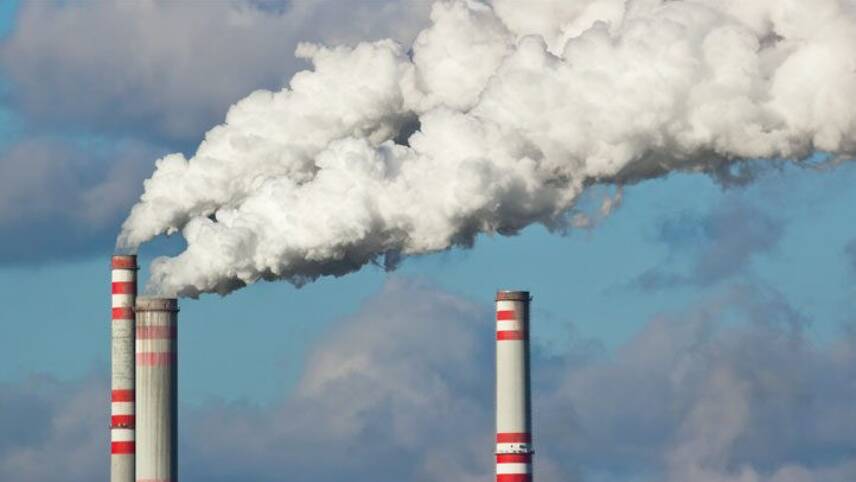Register for free and continue reading
Join our growing army of changemakers and get unlimited access to our premium content

That is the key finding of the International Energy Agency’s (IEA) Sustainable Recovery Tracker.
Published today (20 July), the Tracker analyses more than 800 policy decisions taken across more than 50 countries in relation to delivering the economic recovery from Covid-19. The impact of these decisions on the energy transition and global emissions are outlined.
The Tracker reveals that, between March 2020 and June 2021, governments collectively spent $380bn on clean energy measures. Included in this figure are new subsidy schemes, direct and indirect funding.
While this level of support is likely to result in an extra $350m per year being funnelled into the sector through to 2023 – a 30% hike in investment – $380m is ultimately only 2% of the fiscal support offered in response to the pandemic. Moreover, it only represents 35% of the level of funding recommended by the IEA in its recent roadmap to net-zero by 2050.
The report also highlights disparities in funding between wealthy and developing nations. G20 nations have announced funding equivalent to 60% of the level recommended by the IEA, but the proportion stands at 20%, on average, among the emerging and developing economies studies. In a separate report published earlier this year, the Agency stated that a sevenfold increase in renewable energy investment would be needed across the Global South to deliver net-zero.
According to the IEA, unless green recovery plans are scaled up and high-carbon investments pared back, global emissions are likely to climb to record levels by 2023 and continue to rise in the years thereafter. The emissions increase will be 800 million tonnes lower than if no green recovery efforts were enacted, but, nonetheless, the world will remain off-track to deliver the Paris Agreement or net-zero by 2050.
About 90% of the growth in emissions forecasted will come from the Global South, the Tracker states.
“Since the Covid-19 crisis erupted, many governments may have talked about the importance of building back better for a cleaner future, but many of them are yet to put their money where their mouth is,” the IEA’s executive director Faith Birol said.
“Despite increased climate ambitions, the amount of economic recovery funds being spent on clean energy is just a small sliver of the total.
“Since the Covid-19 crisis erupted, many governments may have talked about the importance of building back better for a cleaner future, but many of them are yet to put their money where their mouth is. Despite increased climate ambitions, the amount of economic recovery funds being spent on clean energy is just a small sliver of the total.”
Birol concluded that there is still time to put the world on track for net-zero emissions by 2050, but that this window is “narrow”.
Last year, the UN’s emissions gap report revealed that the world is likely to be more than 3.2C warmer than in pre-industrial times by 2100 in a ‘business-as-usual’ scenario. This is beyond the boundaries of the Paris Agreement and would result in wide-reaching negative impacts for communities, biodiversity and economies. But the UN ultimately concluded that the Paris Achievement could be delivered with a coordinated and ambitious global approach to the green recovery.
Read edie’s new COP26 Primer Report on Clean Energy
edie’s COP26 Primer Reports are about seizing the green opportunity of the crucial conference in Glasgow this November. Produced in the run-up to the official talks, this mini-series of reports are based on the five key themes of COP26: Clean Energy, Clean Transport, Climate Resilience, Nature-Based Solutions, and Climate Finance.
The Clean Energy report – the first in this series – is now available to download for free here. Hosted in association with British Gas, it contains an up-to-date snapshot of clean energy policies, progress and challenges globally, as well as outlining the desired outcome in this field at the talks themselves. Also detailed are the ways in which the private and public sector can contribute to the energy transition at this pivotal moment in time.
Click here to download a copy of the Primer Report.
Sarah George


Please login or Register to leave a comment.